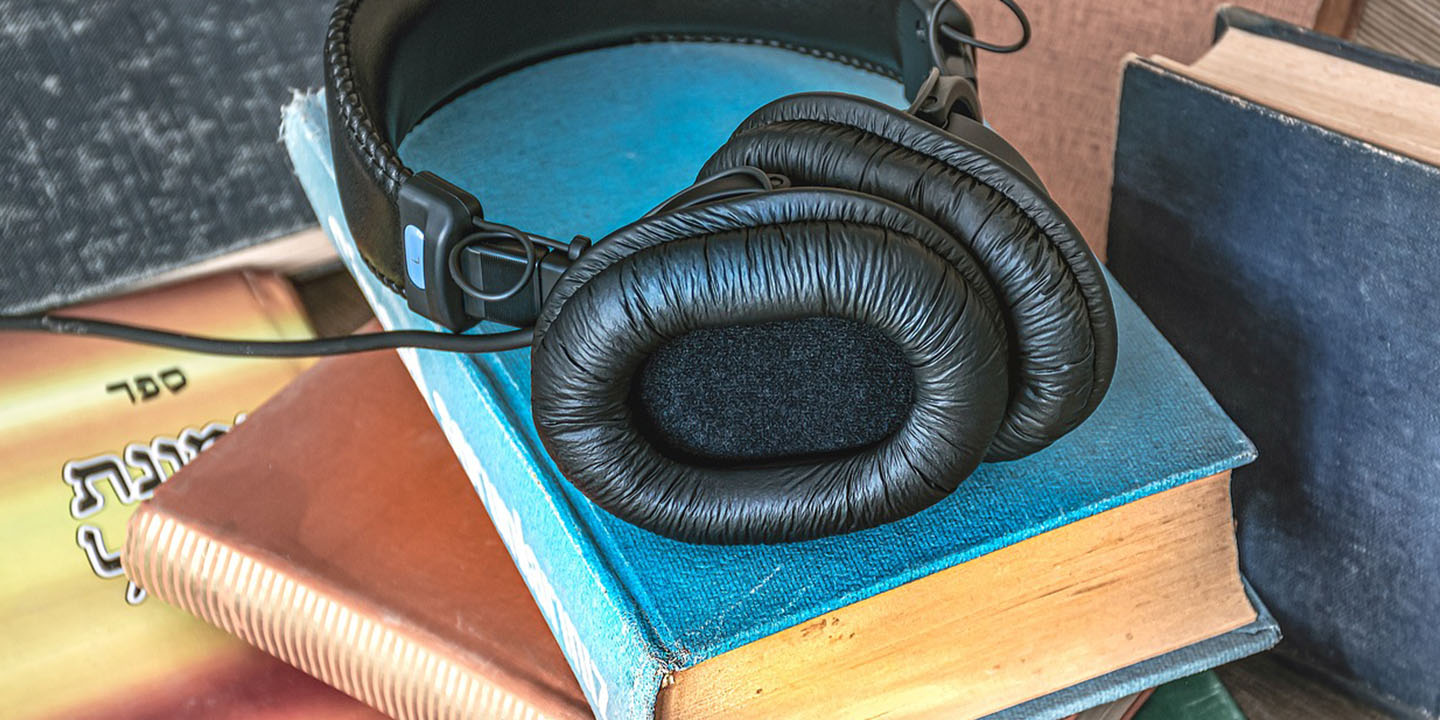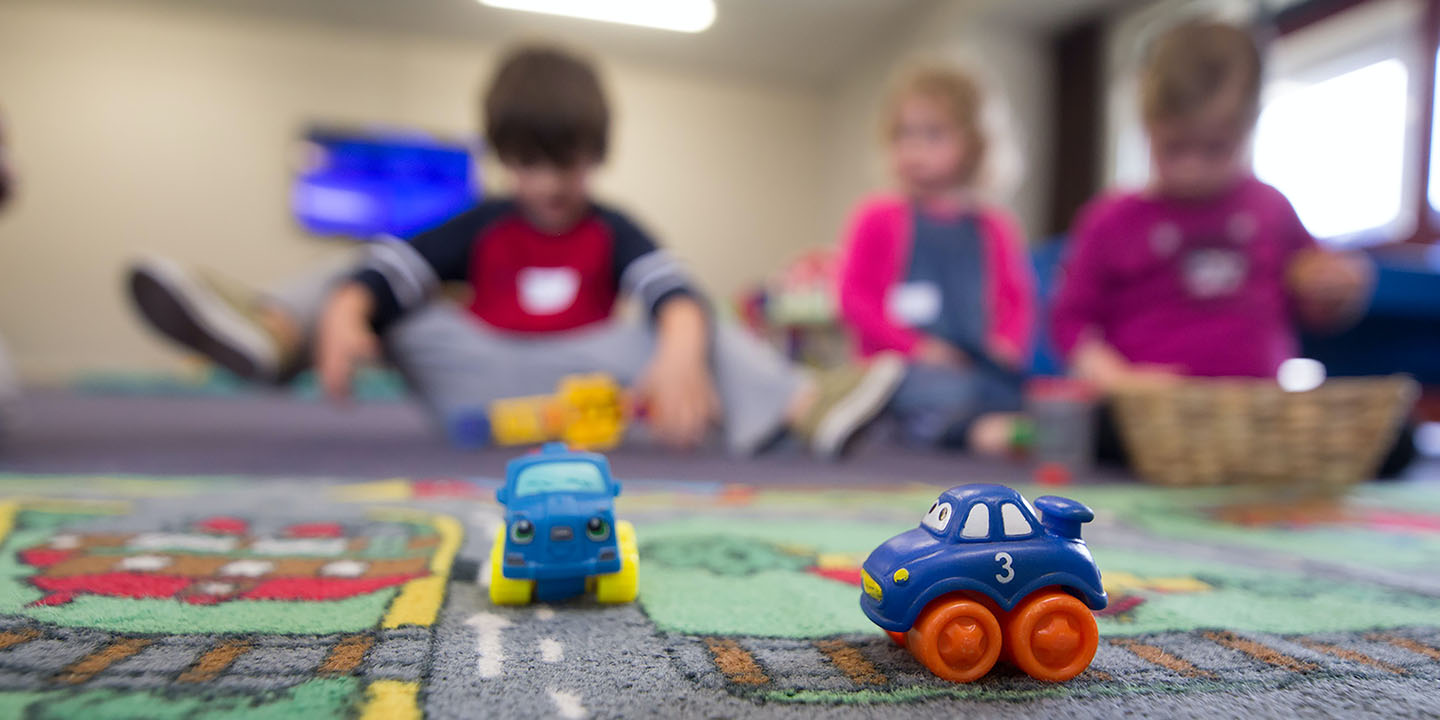Cracks Beneath The Campus Buzz
College isn’t always the four-year thrill ride it’s painted to be. Beneath the glossy brochures and dorm tours lies a churn of pressures, pivots, and unspoken exits. Some students walk in with high hopes—only to vanish mid-semester, with no diploma in hand. Ever wonder what the reasons could be? Well, they are deeper and more varied than you’d think. So, let’s peel back the surface and explore 20 of the unseen forces nudging students off the academic track.
1. Financial Barriers And Tuition Costs
Money remains the biggest dealbreaker. According to EducationData.org, over 42% of students who leave college point to financial stress. A 2024 Ellucian–EMI survey revealed that 59% considered dropping out due to costs, and 19% actually followed through.
2. Mental Health And Emotional Stress
According to Gallup and Lumina, 54% of students link emotional stress to thoughts of dropping out. Many face relationship tension or pressure to succeed. These emotional loads can derail focus and motivation even before formal mental health diagnoses enter the picture.
3. Academic Difficulties And Lack Of Support
Many students don’t leave because they’re lazy—they leave because they’re lost. Unclear expectations and a lack of support systems push students out. Community colleges report a 37% “stop-out” rate, and quadC ranks academic struggles among the top three dropout causes.
4. First-Year And Early Attrition
A 2024 report from the Center for Collegiate Mental Health shows that 23.3% of full-time first-year students leave within 12 months. They aren’t all academically unprepared but just overwhelmed by independence, transitions, and the abrupt shift in expectations. By year eight, 39% still don’t finish.
5. Family And Personal Responsibilities
Sometimes, life happens. Caregiving, sudden location changes, or burnout can shift priorities. For first-generation students juggling school, work, and home life, college often becomes just one obligation too many. Most prioritize families over school, especially when their siblings and parents depend on them.
6. Age And Life Stage Mismatches
Older students leave at higher rates. ThinkImpact (2025) reports a 54% dropout rate for students aged 30 and up. 52% of those who drop out are between 24 and 29. In contrast, under-20 students at four-year schools have just a 15% dropout rate. Age can shape priorities and influence how difficult it is to stay enrolled.
7. Male Vulnerability And Severity
Mental health stigma hits hard among men. A BMC Public Health study found that male students facing mental health struggles are five times more likely to drop out. Many men don’t seek help early, allowing pressure to build silently until it disrupts everything.
8. STEM Attrition And Confidence Gap
Confidence, not grades, pushes many out of STEM. Women are 1.5 times more likely to leave STEM after Calculus I, even though they often outperform their male classmates. Underrepresented minorities in STEM face lower grades and switch majors more frequently, despite entering just as prepared.
 How STEM Education Might Be Failing Kids In America by Memoria Press
How STEM Education Might Be Failing Kids In America by Memoria Press
9. Bullying And Harassment
Hostile campus climates are more common than many expect. Research.com found nearly 19% of students have experienced bullying, and 22% faced cyberbullying. Add in hazing and stalking, and the damage multiplies. For marginalized students, the emotional toll can become a strong reason to walk away.
10. Health Issues (Physical)
Physical health can also stand in the way. Gallup reports that 15% of students leave school for health-related reasons. Illnesses or injuries often go unmanaged in the college setting. Without adequate access to care or time to recover, attending class consistently becomes a serious challenge.
11. Work Commitments And Job Pressures
Work and school don’t always mix. A 2022 World Economic Forum study found that 31% left to go full-time in the workforce. Part-time students rarely return, but online learners are re-enrolling more. This shows that flexibility matters.
12. Lack Of Prep
First-generation students often arrive with little insight into how higher education works and how to handle setbacks. Without the academic guidance or family experience others rely on, they’re left to figure it out alone. When they can’t, dropping out becomes an option.
13. Institutional Type And Demographics
Students at private for-profit schools often face higher dropout risks compared to those at nonprofit or public institutions. Community colleges also see frequent stop-outs, with fewer students returning to finish. Factors like school resources and student services can shape persistence.
 Coolcaesar at English Wikipedia on Wikimedia
Coolcaesar at English Wikipedia on Wikimedia
14. Lack Of Clarity In Credit Paths
Too many students drop out simply because they’re confused. Investopedia found that 75% of students didn’t fully understand how many credits they needed to graduate. Only 15% felt confident their credits could transfer. Countries like Australia are now testing stackable diplomas to address this.
 Photo By: Kaboompics.com on Pexels
Photo By: Kaboompics.com on Pexels
15. Race And Equity Gaps
Racial gaps in education outcomes still persist. ThinkImpact shows that Black students face the highest dropout rates, while Asian students show the lowest. In STEM, underrepresented students not only earn lower grades but also exit majors more often.
16. Pandemic-Preparedness And COVID Fallout
COVID disrupted more than classes—it broke academic momentum for millions. Many students who graduated during remote learning entered college less prepared. Those already facing disadvantages were hit hardest, with limited support and widened learning gaps pushing them closer to dropping out.
17. Insufficient Mental Health Support
Mental health resources on many campuses fall short of student needs. Counseling centers struggle to keep up with demand, which leaves many students waiting or unsupported. Competitive academic environments only add pressure, and those seeking help don’t always find lasting solutions.
18. Campus Lifestyle Strain
Campus life can come with habits that quietly derail success. Late nights, poor nutrition, work fatigue, and substance use often interfere with focus and academic performance. Over time, these lifestyle patterns can make staying in school much harder.
19. Academic Disengagement And Retention Issues
Some students make it most of the way through college, then leave. Harvard found that 14% drop out after completing more than three-quarters of their credits. It’s not always ability that’s missing, but follow-through and timely support. Disengagement often builds quietly until it’s too late to recover.
20. Social Integration And Fit
Feeling disconnected can be just as challenging as falling behind in class. Students who don’t find their place socially—whether due to campus culture, isolation, disability, or lack of community—often struggle to stay engaged. Without a sense of belonging, it becomes easier to leave than to push through.

























